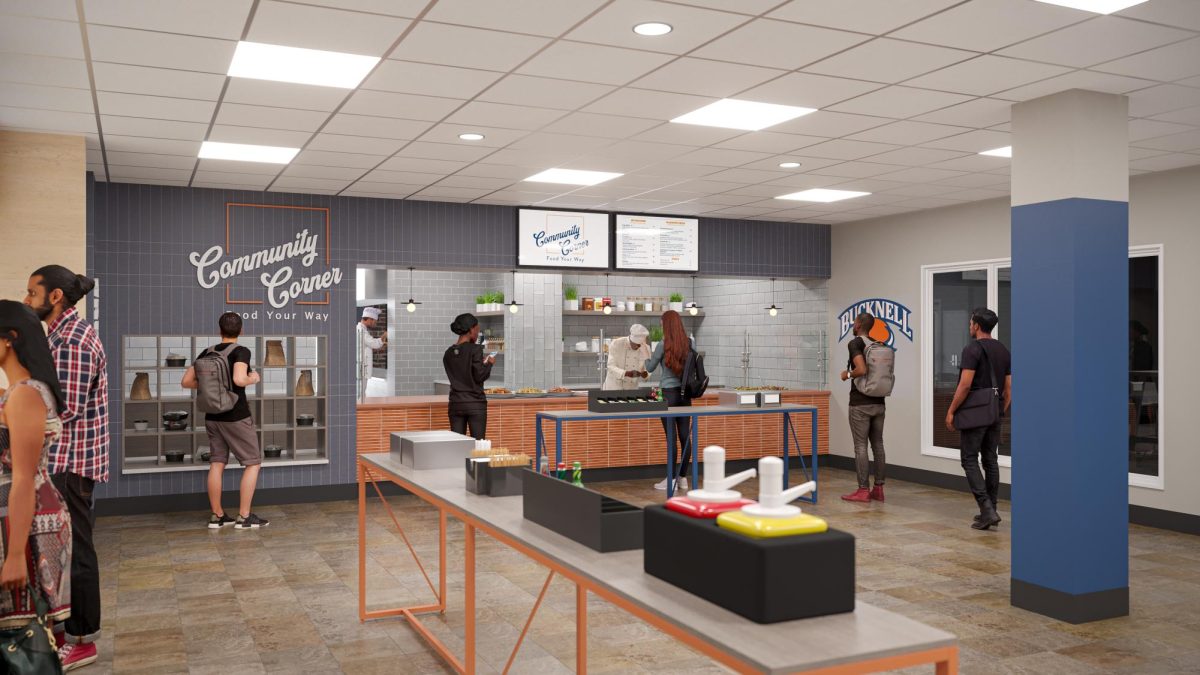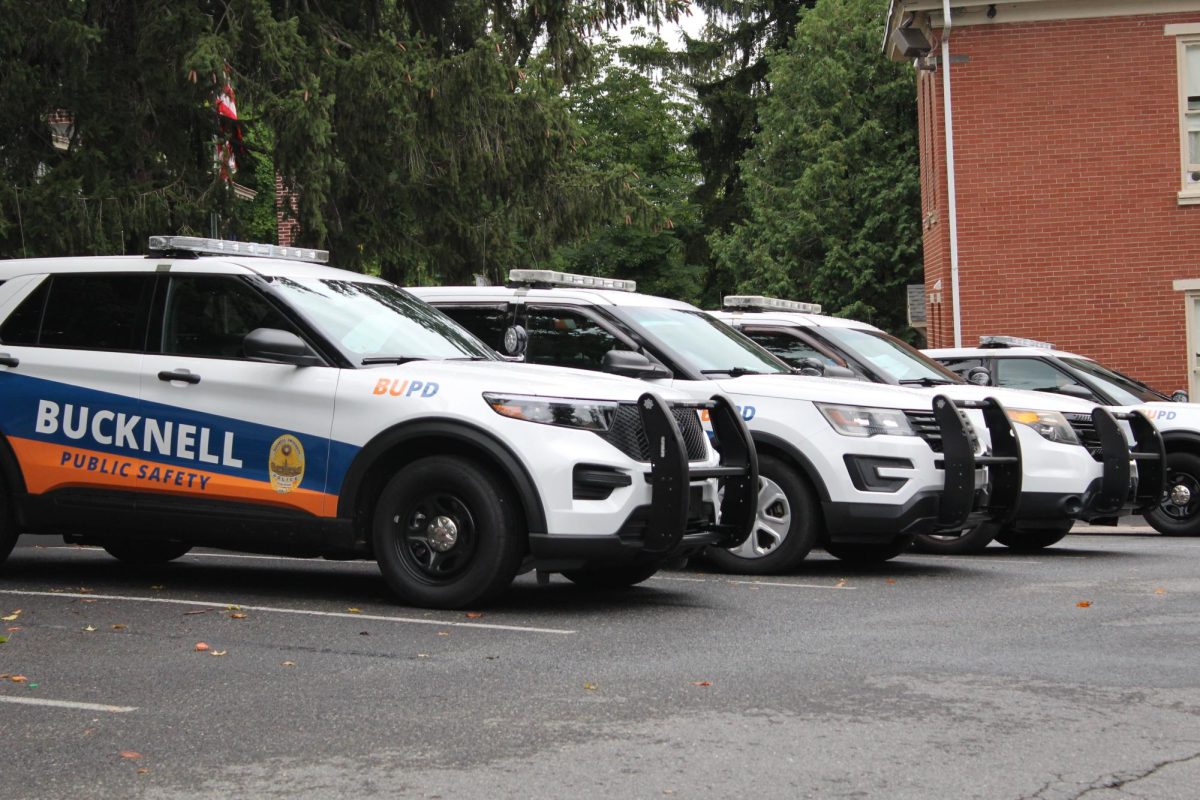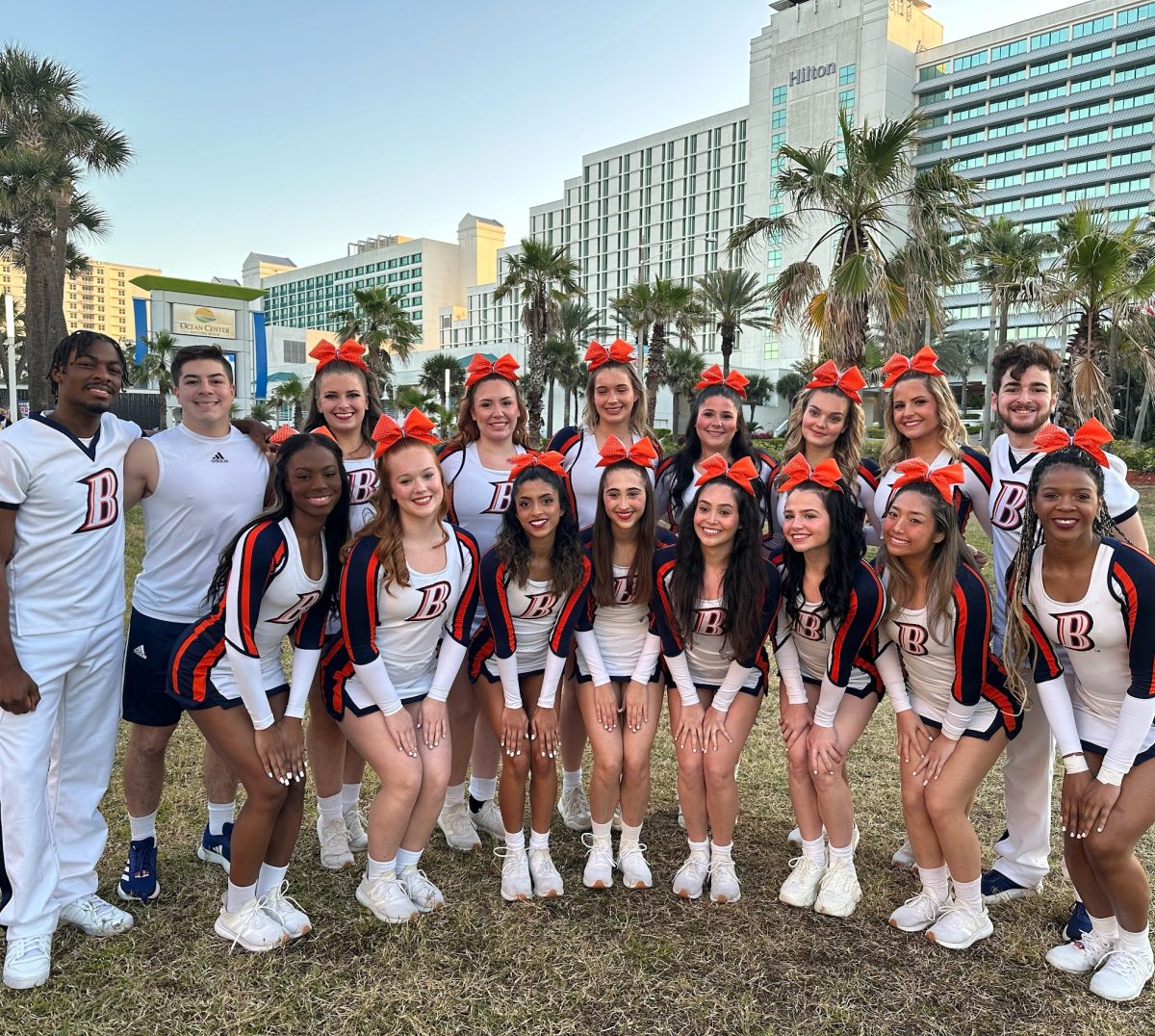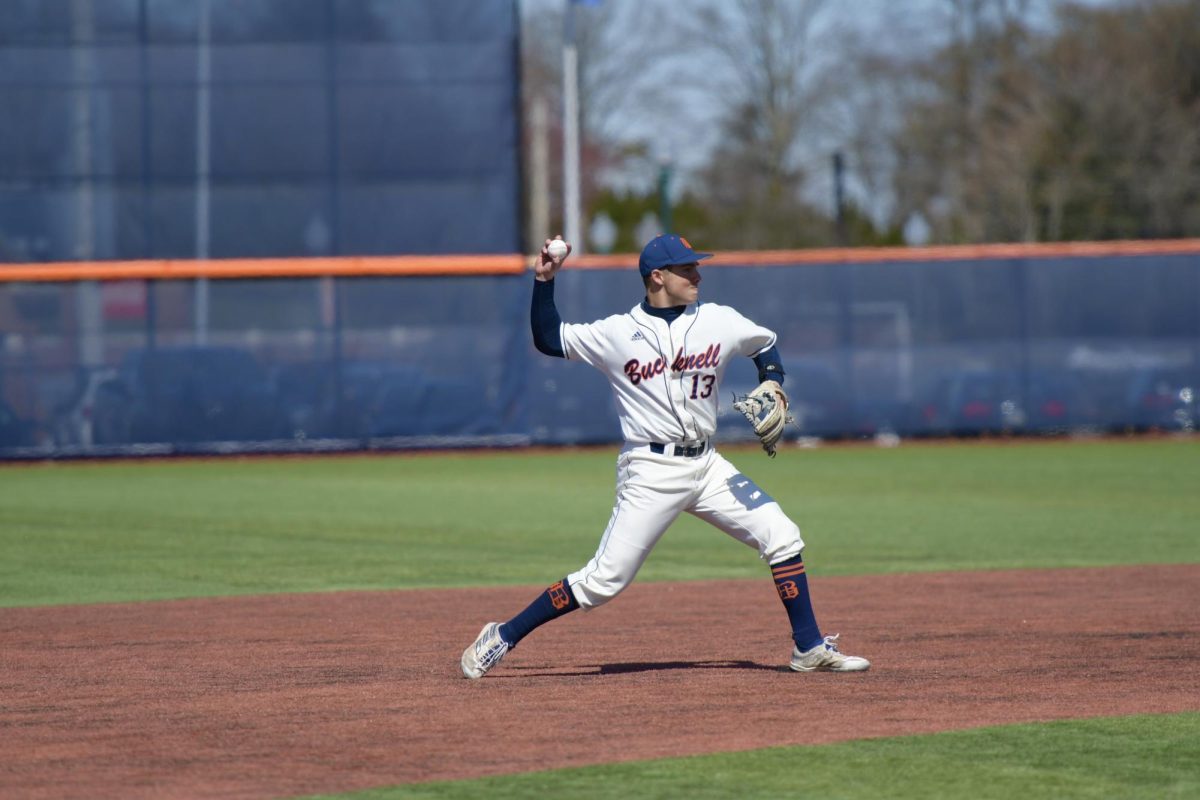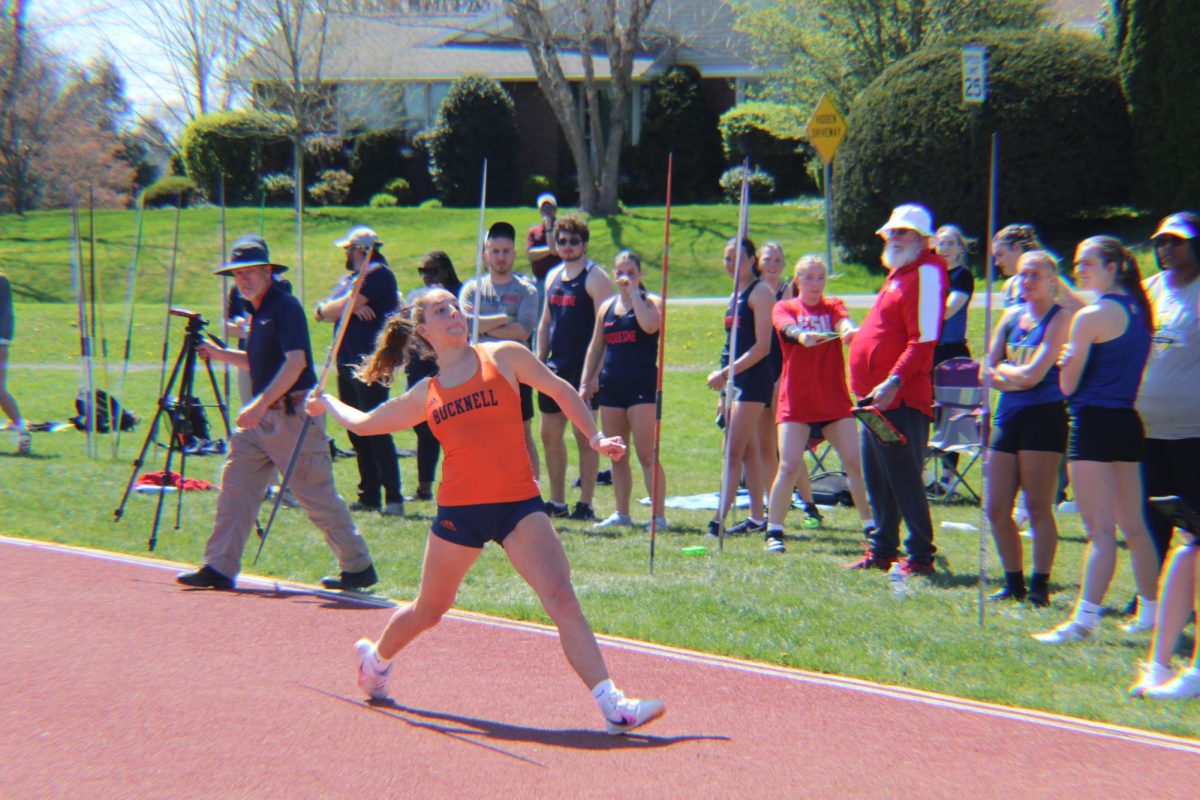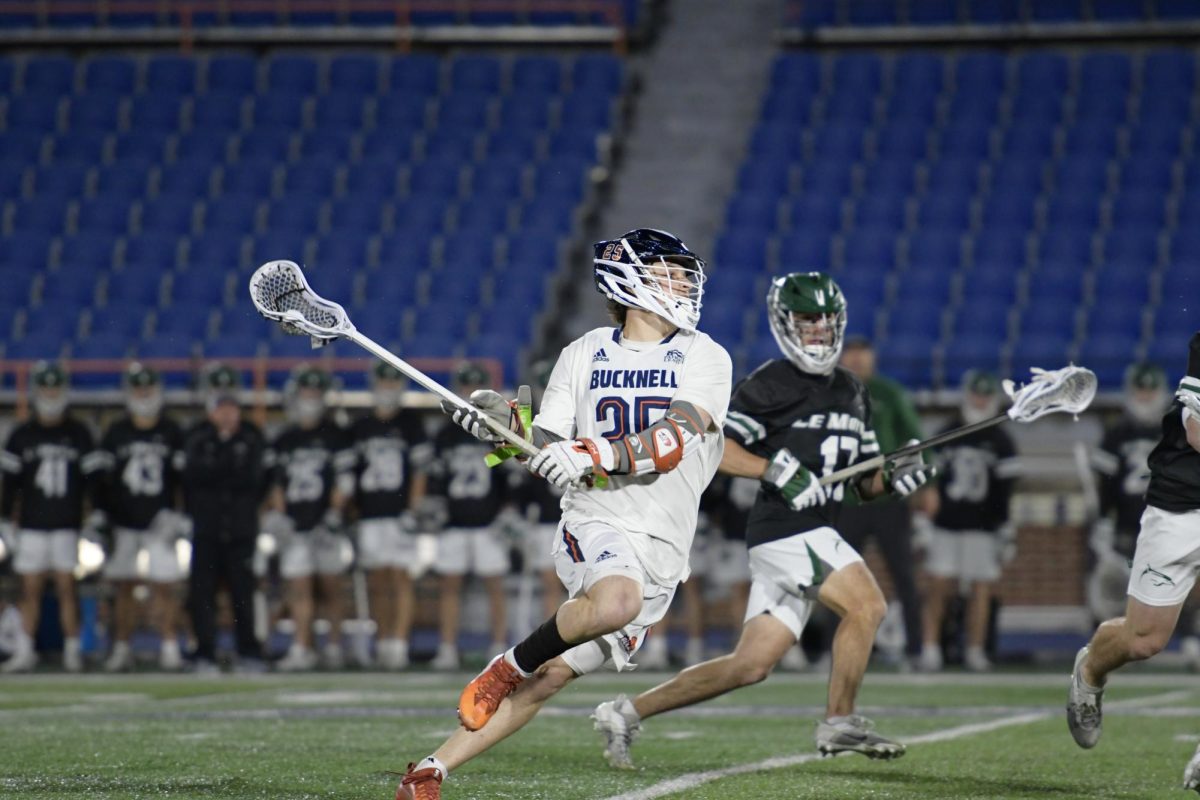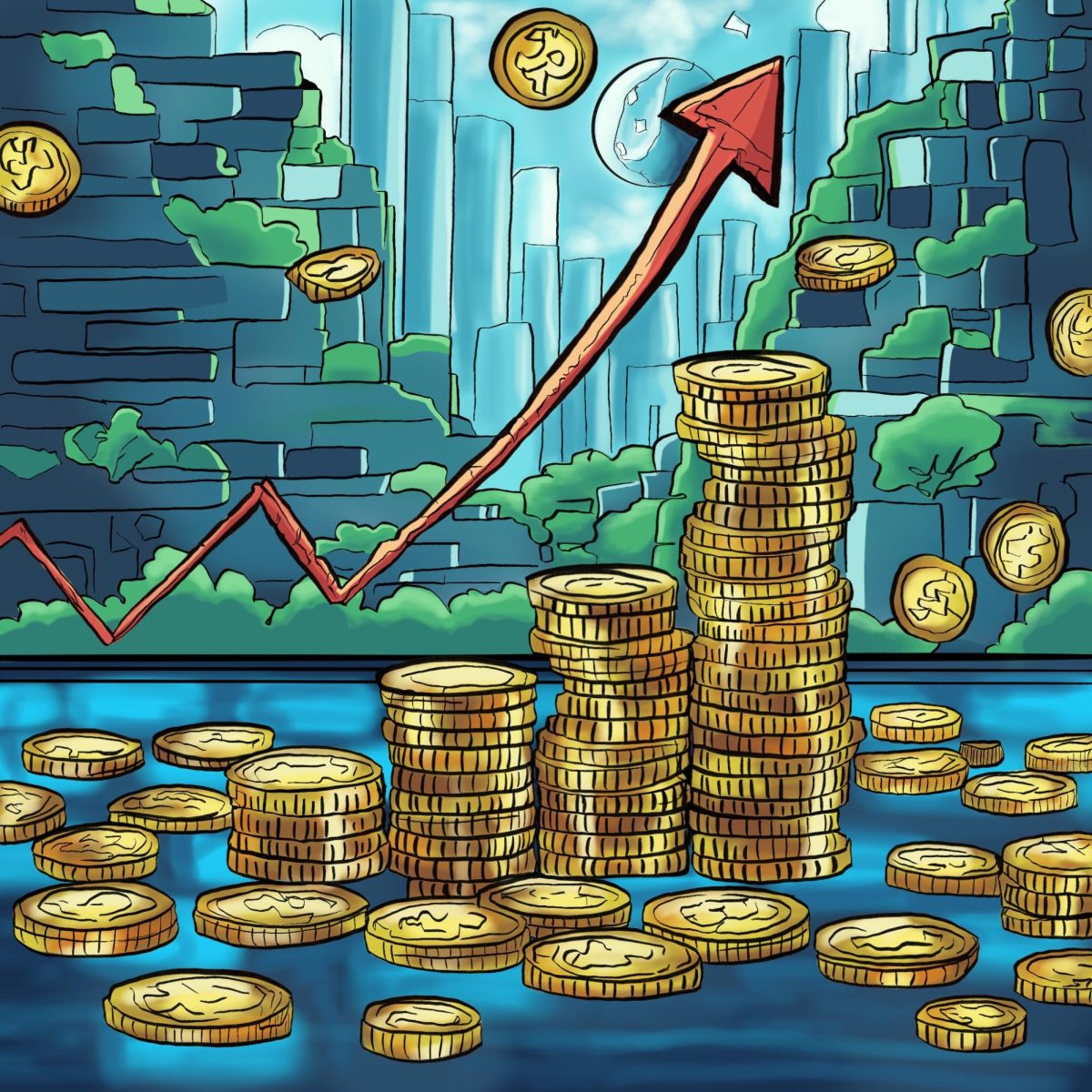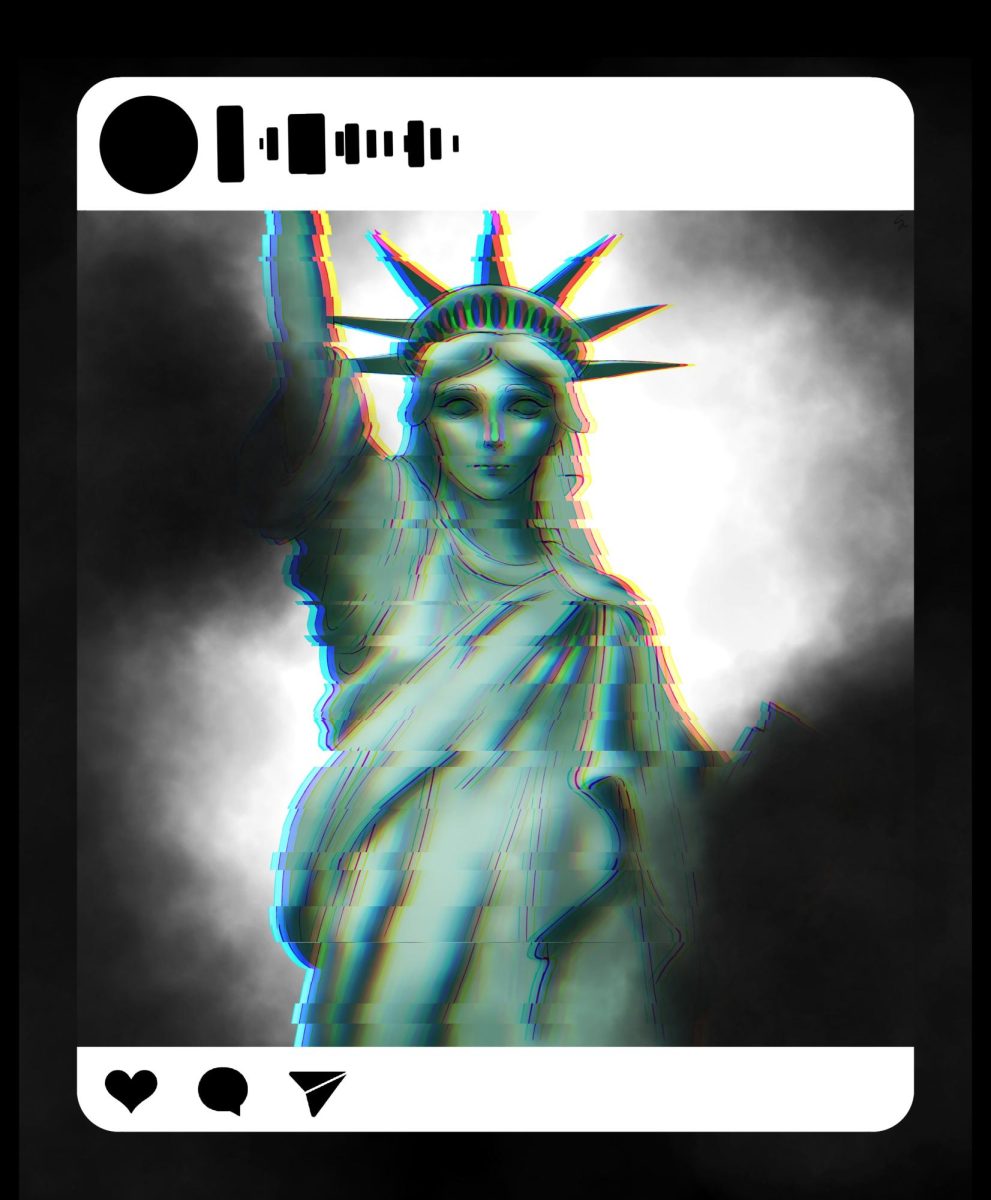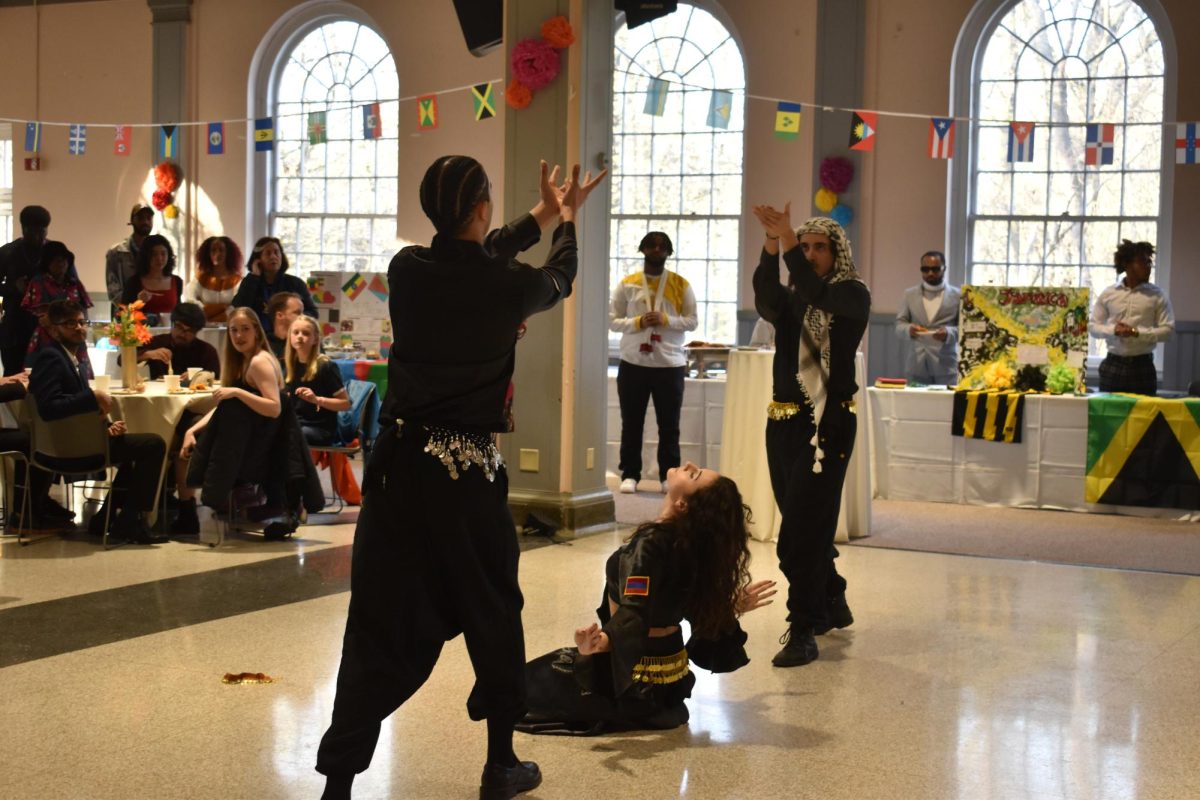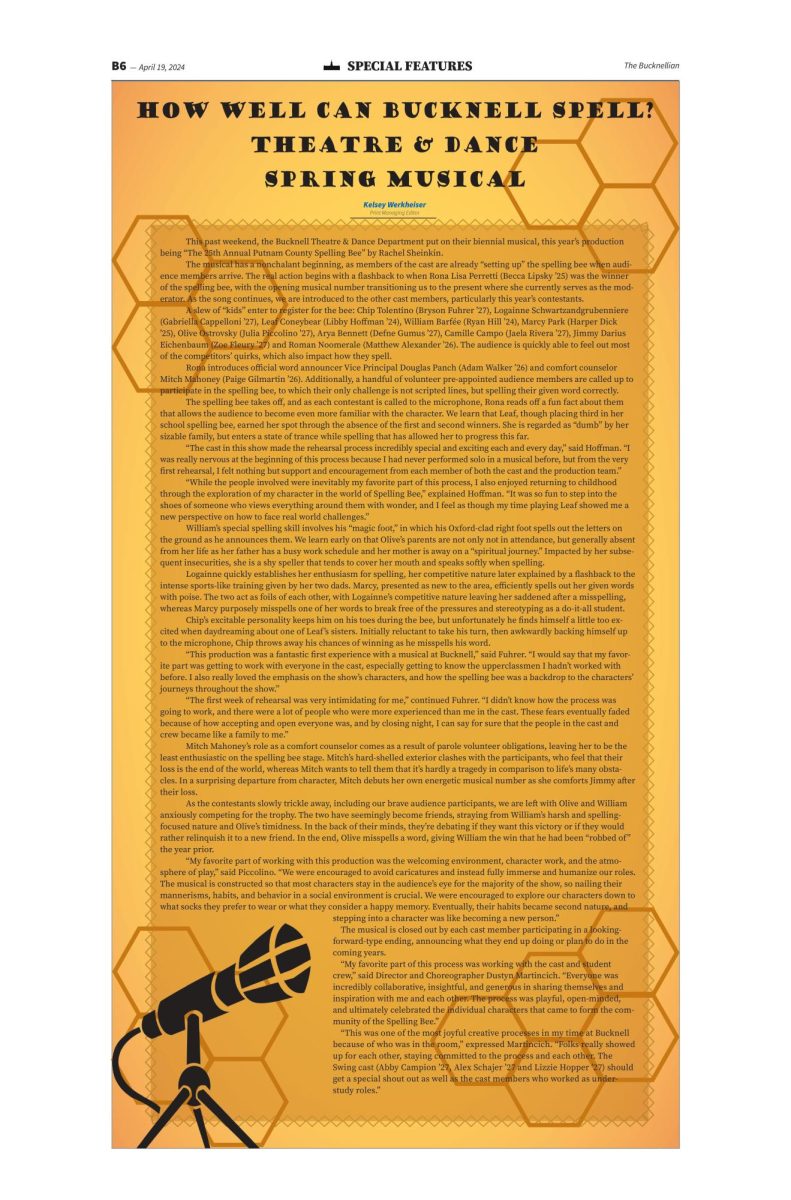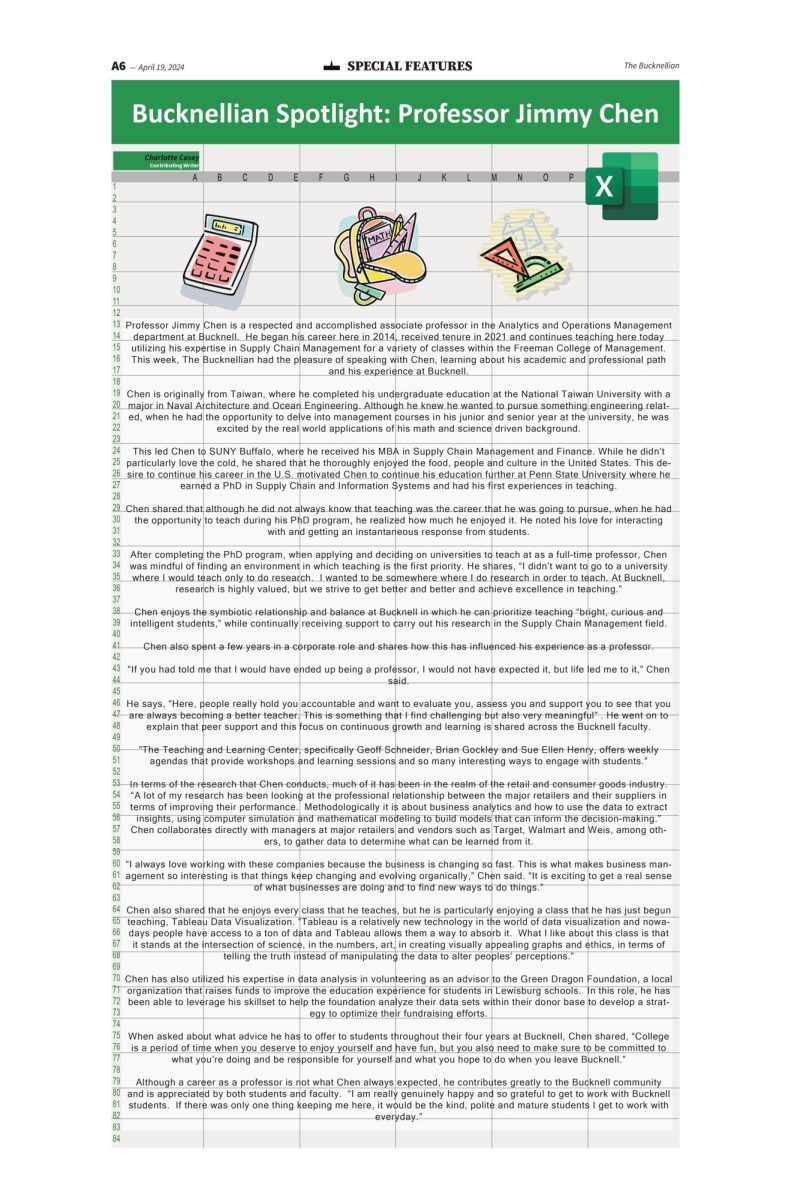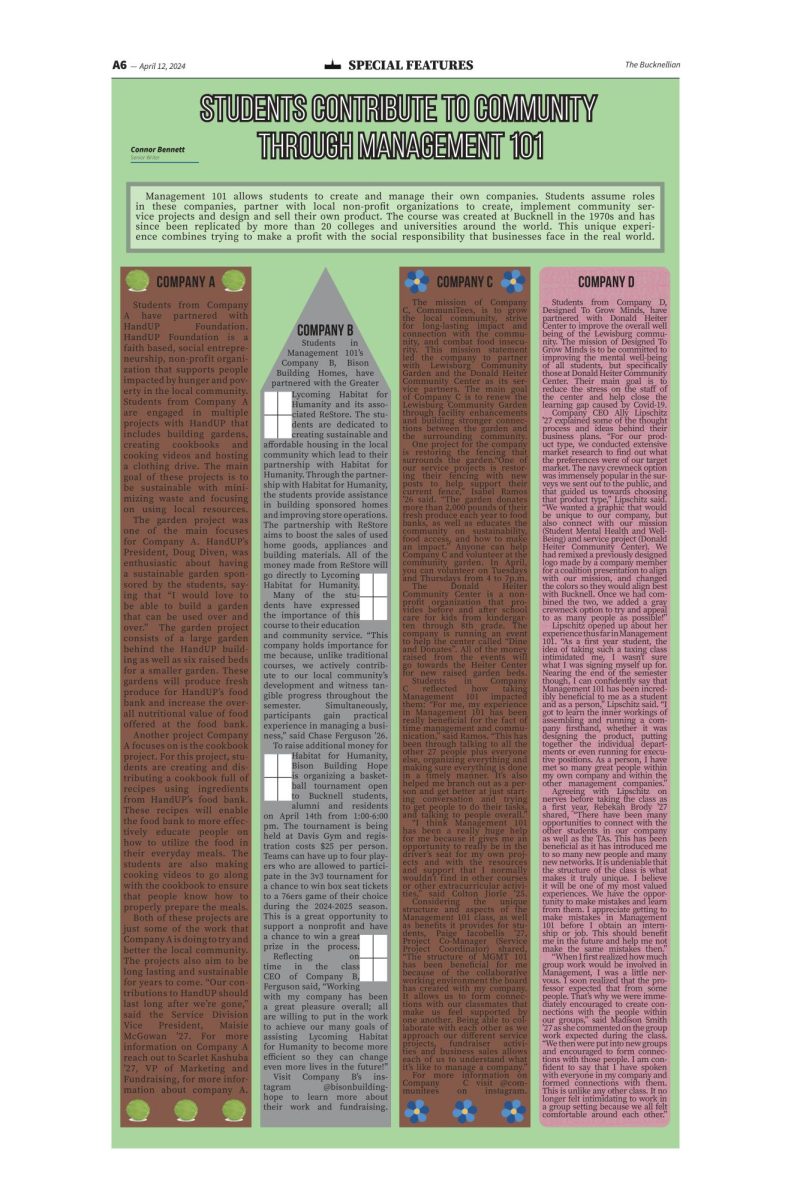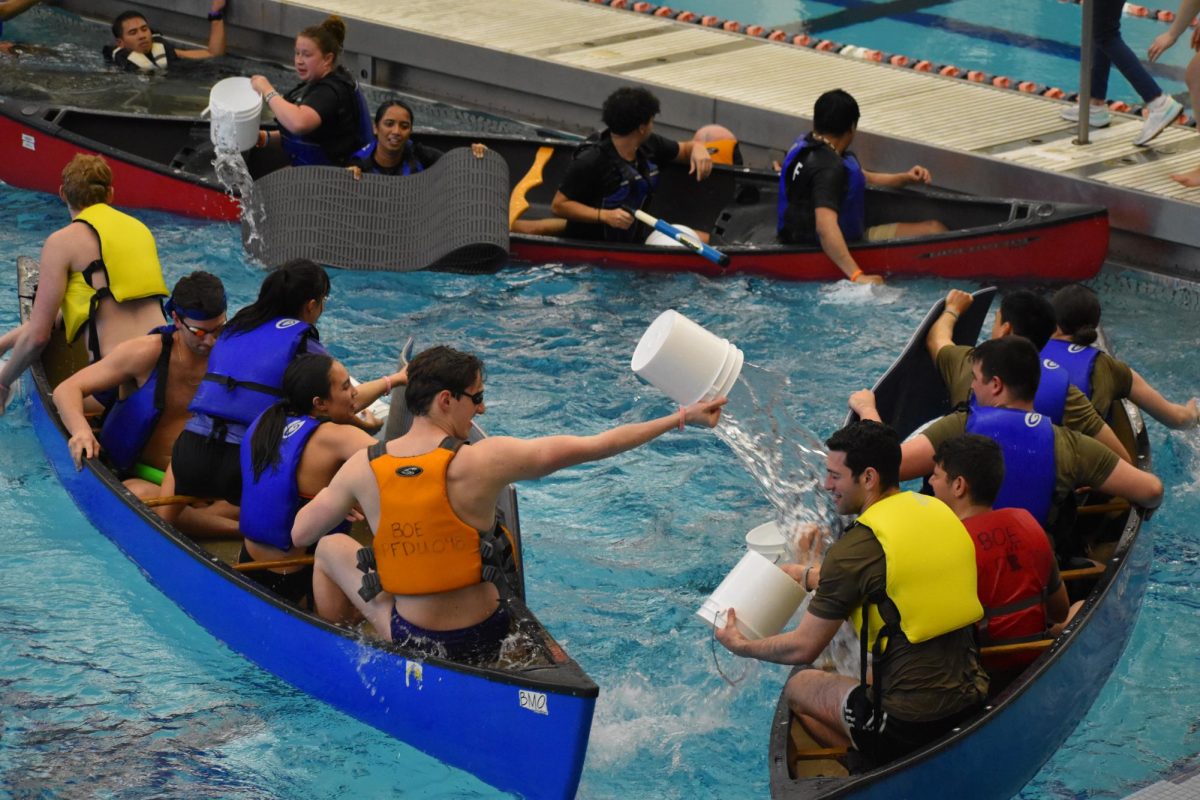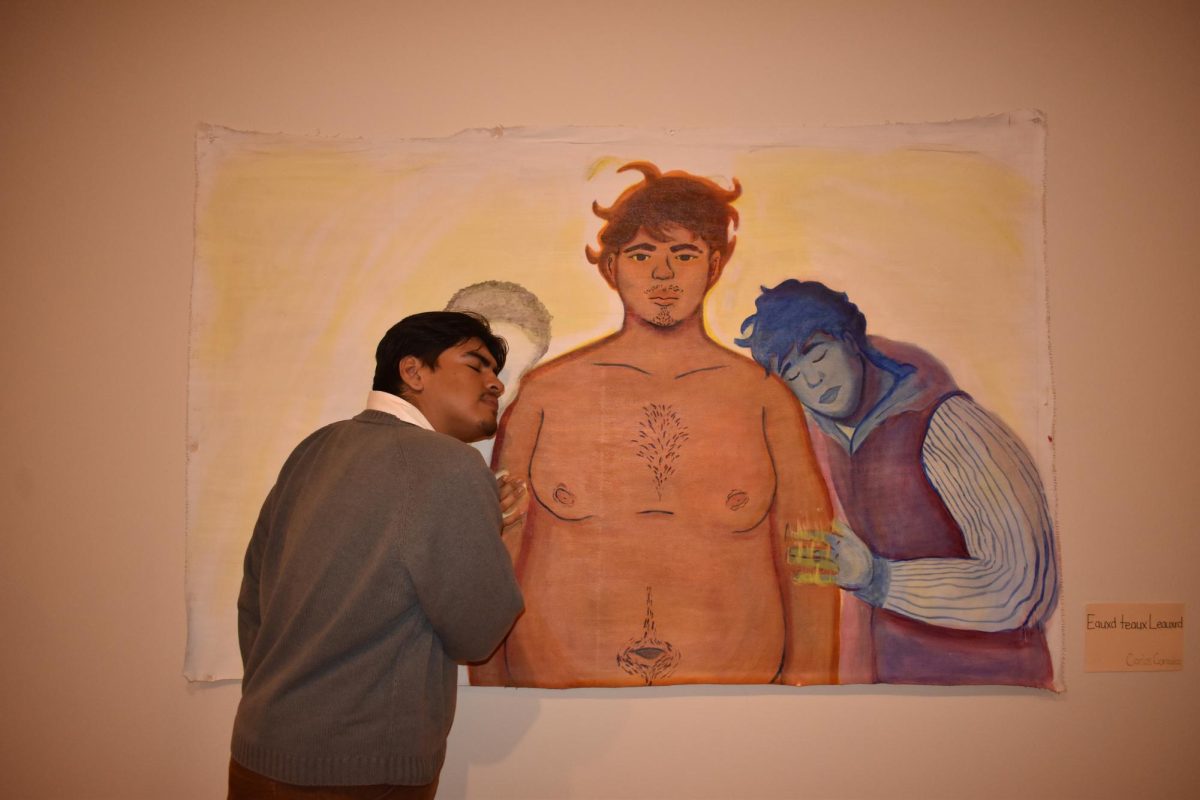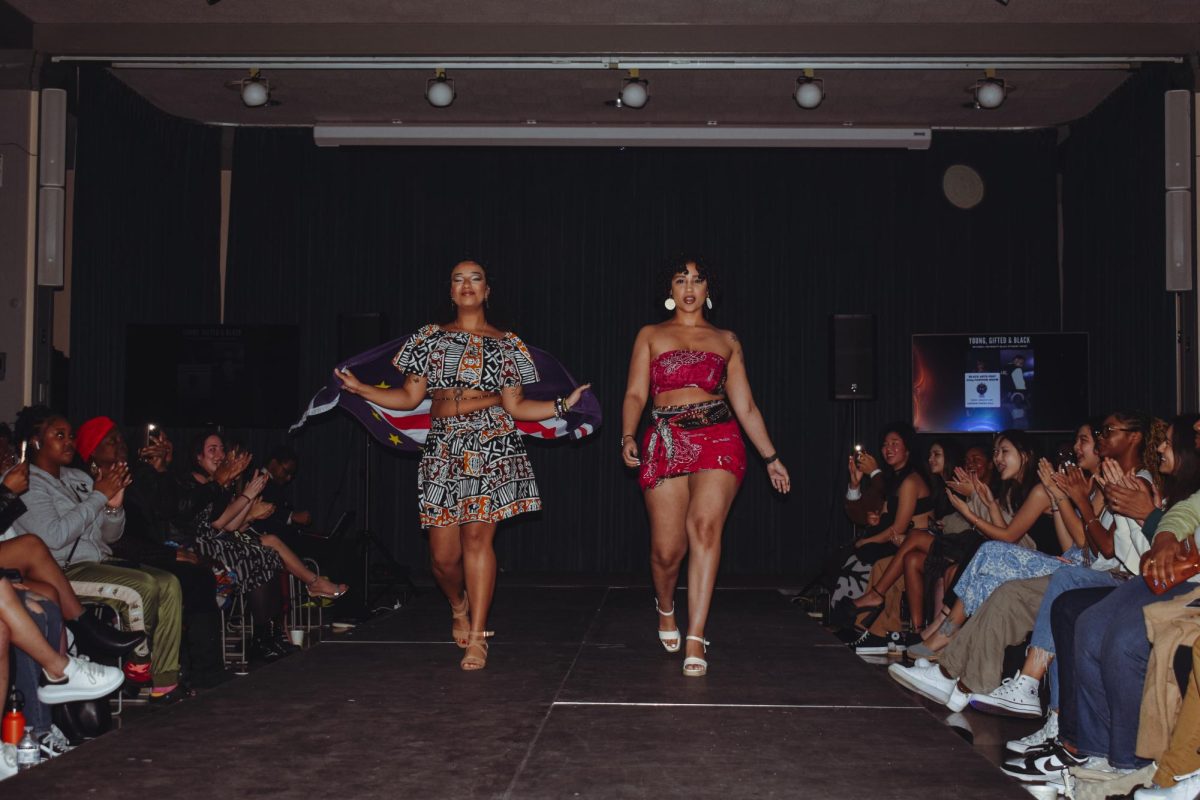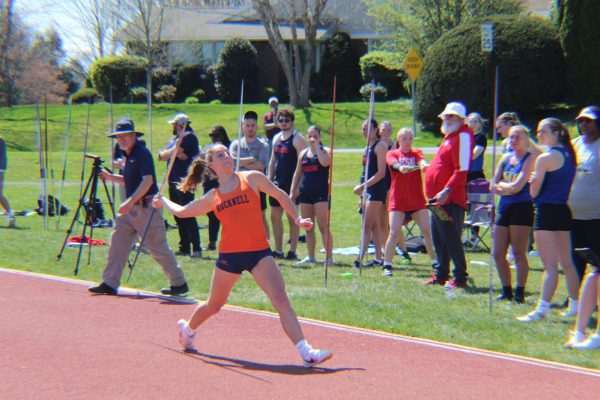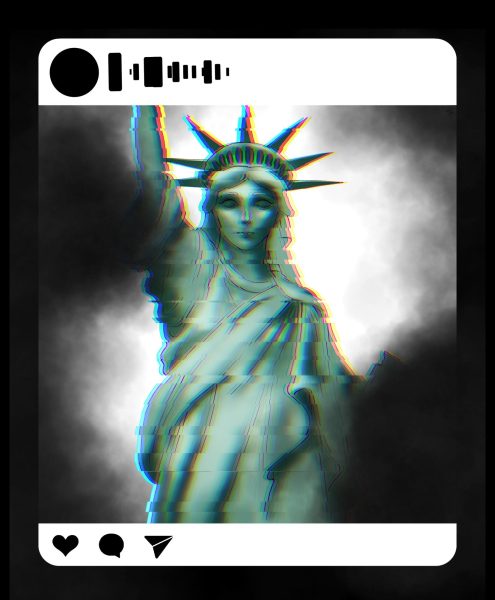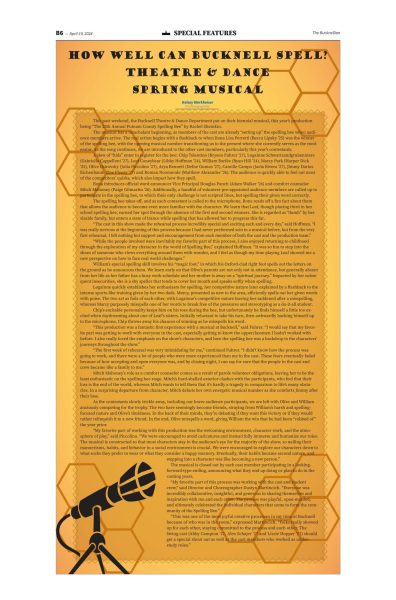Make it Better
April 16, 2015
As Peter Senge, Senior Lecturer of Leadership and Sustainability in the MIT Sloan School of Management, discusses in his research on sustainability, companies globally are shifting their mindsets. They no longer stress doing “less bad,” but instead focus overtly on achieving “more good.” Instead of viewing sustainability as simply a socially responsible or environmental add-on, the University might also embrace sustainability through this strategic lens. The University’s new motto might be “even if it ain’t broke, we can still make it better.”
This is the concept behind my proposed campus project: making things better. After lengthy discussions with our Campus Energy Manager Steve Durfee, I had an epiphany: sustainability at the University, and in general, does not always entail introducing flashy and sexy new projects that will catch the eye of the entire campus. Sometimes the most impactful projects work silently, perhaps behind the scenes, to improve current systems.
Durfee inspired me to apply for a $5,000 Green Fund grant that will retrofit the Weis Center for the Performing Arts HVAC Drive with a variable-speed drive (VSD). A VSD will allow the HVAC system to operate with the same efficiency, but at a lower speed. If the HVAC unit is retrofitted, you will not be able to see, taste, hear, or feel the effects of change. This project alone will save the school $2,287 in electricity and reduce CO2 emissions by 52,777 pounds annually. It seems like the current system may in fact be broken when you look at these cold, hard facts.
Working with the facilities team on campus has introduced me to a world of possibilities. Retrofitting other systems in buildings all over campus could have a tremendous impact. I pursue this Green Fund grant with the hopes that this project acts as a pilot, and that in the future, other students will work with the incredible team at facilities to pursue other grants and retrofit other systems to make our campus better.
I also think there would be merit in starting a facilities-led research team. This research team could be composed of students and facilities members as a “make it better” consulting team, tackling issues similar to retrofitting the Weis HVAC unit around campus. A research team of this nature could also better incorporate the powerful capacity of the Green Fund into other areas of campus life. If other students had the opportunity to work with individuals such as Durfee on a regular basis, they would no doubt turn this campus upside down and make the University a true driver of sustainable practices.
So my message? Don’t let a seemingly functional system fool you into thinking that everything is functioning as well as it could. Push boundaries, talk with the intelligent and passionate people around you on campus, and make our campus better! Huge savings and big changes lurk behind every door. As former professional football player Ralph Marston said, “What you do today can improve all your tomorrows.”
